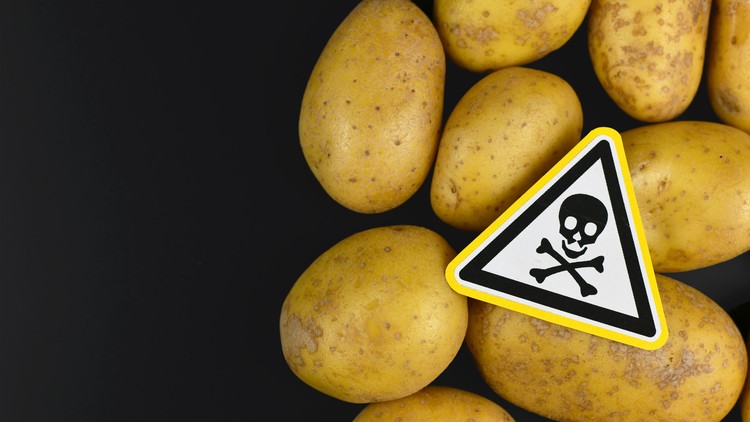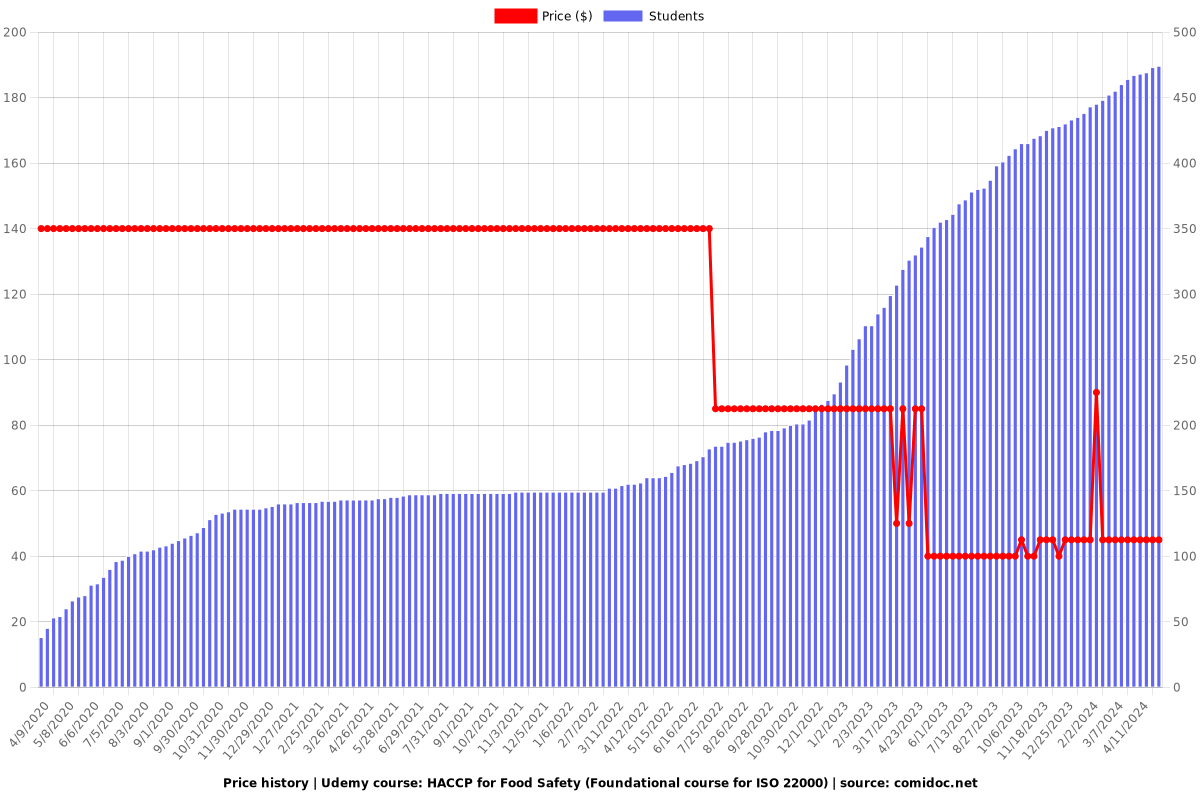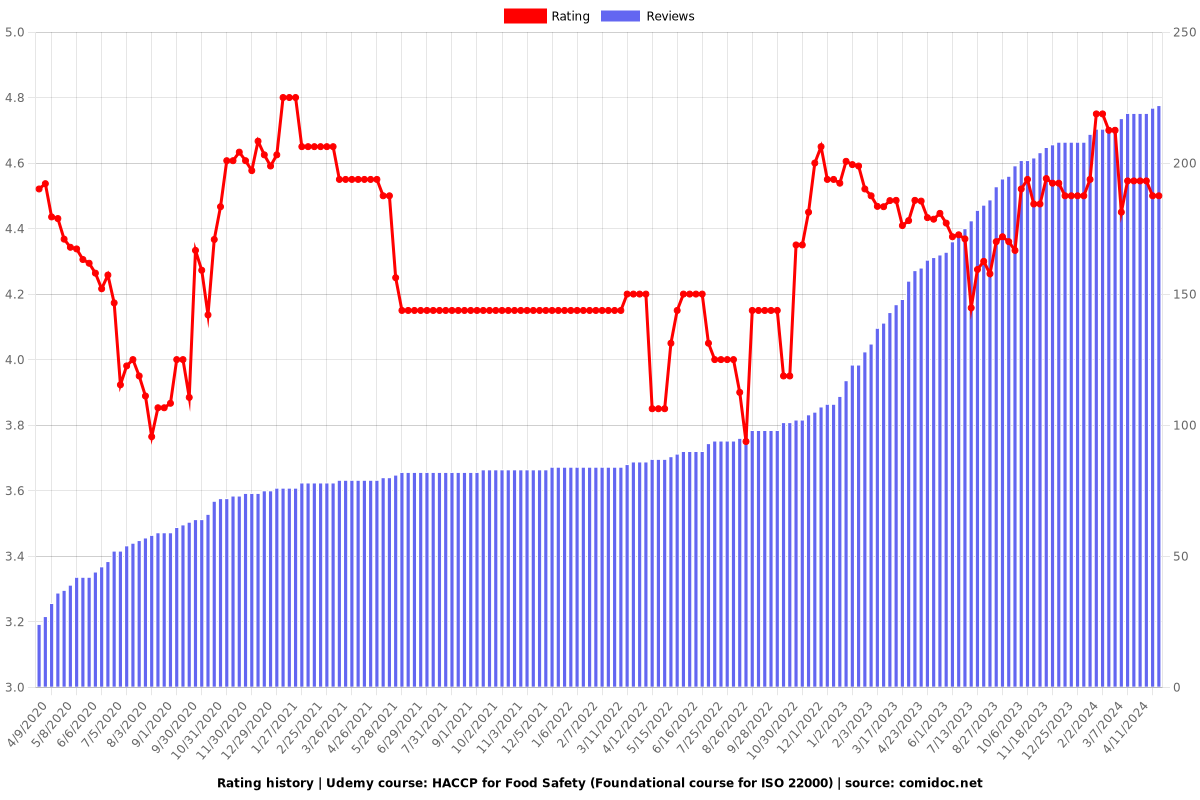HACCP for Food Safety (Foundational course for ISO 22000)
Hazard Analysis and Critical Control Points (HACCP) - Steps to reduce the risk of hazards for food safety

What you will learn
How Hazard Analysis and Critical Control Points (HACCP) requirements apply to food companies?
What applicable requirements are needed for food manufacturers?
How to identify and monitor specific foodborne hazards?
How to determine food hazards' existence and to prevent their occurrence?
Using hazard analysis as a basis for establishing critical control points (CCPs)
Applying good common sense and preventive consideration to my food business
Standards and Regulations covering food processing companies
Documents to prepare, implement and verify for compliances to GMP requirements
How to build my GMP and HACCP towards ISO 22000 requirements?
Why take this course?
The Hazard Analysis and Critical Control Point system, or HACCP for short, was created in the 1960’s. In recent years it has become the most commonly cited methodology for a risk-based food safety system, included in global standards such as the Global Food Safety Initiative.
This course covers a sequence of 12 steps created by the Codex Alimentarius to develop and implement a HACCP plan for a particular food product. The sequence includes 5 preparatory steps that provide guidance and are also considered to be necessary preliminary steps, followed by seven steps that address the seven principles of HACCP as follows:
Assemble HACCP team (ISO 22000:2018 Clause 5.3)
Describe Product (ISO 22000:2018 Clause 8.5.1.2), Raw Material, Packaging (ISO 22000:2018 Clause 8.5.1.3)
Identify Intended Use (ISO 22000:2018 Clause 8.5.1.4)
Construct Flow Diagram (ISO 22000:2018 Clause 8.5.1.5)
Perform On-site Confirmation of Flow Diagram (ISO 22000:2018 Clause 8.5.1.5)
[Principle 1] List all potential hazard, conduct a Hazard Analysis and consider control measures (ISO 22000:2018 Clause 8.5.2-8.5.3)
[Principle 2] Determine the Critical Control Points (ISO 22000:2018 Clause 8.5.4)
[Principle 3] Establish Critical Limits for each CCP (ISO 22000:2018 Clause 8.5.4)
[Principle 4] Establish a Monitoring System (ISO 22000:2018 Clause 8.5.4.3)
[Principle 5] Establish Corrective Action (ISO 22000:2018 Clause 8.5.4; 8.9.2; 8.9.3)
[Principle 6] Establish Verification Procedures (ISO 22000:2018 Clause 8.7; 8.8; 9.2)
[Principle 7] Establish Documentation and Record Keeping (ISO 22000:2018 Clause 7.5)
As we go in-depth into each steps of the HACCP, here are the key highlight of the HACCP system that we would cover in the course:
The HACCP is a product safety management system that identifies and monitors specific foodborne hazards (biological, chemical or physical) that can adversely affect the safety of the food product.
Hazard analysis serves as the basis for establishing critical control points (CCPs) or steps in the process that must be controlled to ensure the safety of the food product.
HACCP programmes involve primarily the application of good common sense and preventive considerations to address situations before they become problems.
The HACCP practice is recognised internationally as the most effective way to produce safe food through a logical and common sense approach to control food.
The application of HACCP is possible throughout the food supply chain from primary production (with farmers, growers) to the consumer.
The major thrusts of HACCP are the determination of how and where food safety hazards may exist and how to prevent their occurrence, thus demonstrating due diligence.
As a company in the food industry, this course would help you to address all the important considerations for making your business a sustainable one.
---
Course Outline:
In Section 1, we will be delving into the concepts and principles of HACCP.
Section 2 to 4 will be a walkthrough of how you can start on the path to HACCP - from preparing your documentation, to conducting hazard analysis, to implementation and verification of your implementation!
Screenshots




Reviews
Charts
Price

Rating

Enrollment distribution
